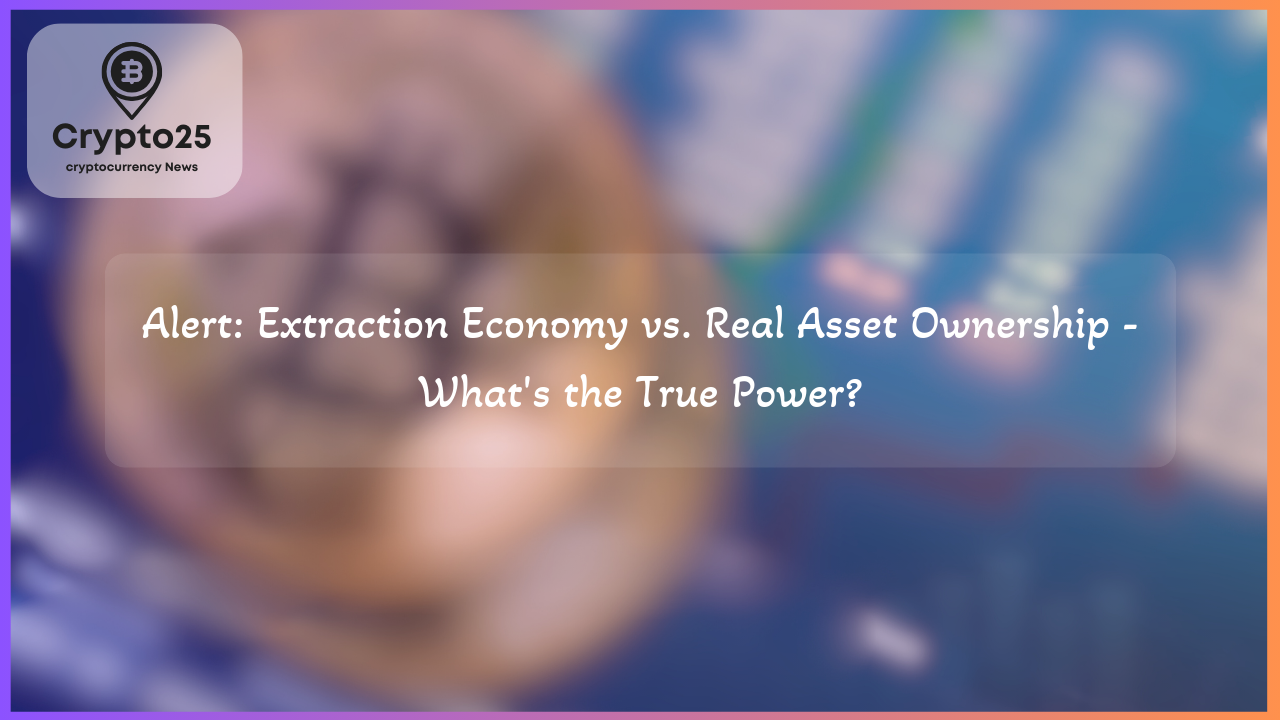
Meme coins have captured the imagination of crypto enthusiasts, evolving into high-risk experiments marked by volatile trading and unpredictability. While they promise outrageous returns to traders, their speculative nature often leads to significant losses for the majority. In contrast, tokenized real-world assets (RWAs) offer a sustainable, positive-sum alternative, rooted in value derived from productivity rather than speculation. Here’s why the crypto ecosystem is shifting its focus.
## The Rise and Challenges of Meme Coins
Meme coins have grown from niche community experiments into attention-grabbing trading vehicles, fueled by marketing excesses and human greed. The allure lies in promises of rapid, life-changing wealth – a single trade potentially yielding exponential returns. However, behind these assets lies a machinery of exploitation. Elaborate marketing campaigns use artificial urgency to entice retail buyers. Liquidity pools are intentionally structured to create controlled, asymmetric price movements, heavily favoring early participants.
Statistically, meme coin markets are not built for long-term success. Data from Pump.fun reveals that out of 1.7 million meme tokens listed, only 41 have managed to achieve a $1 million market cap. This staggering 99.998% failure rate underscores the fragility of their designs. With no external value creation, meme coin profits arise solely from others’ losses. While few fortunate insiders capitalize on windfalls, most retail investors fall victim to steep losses, leaving the ecosystem inherently zero-sum.
## LIBRA: A Notable Case Highlighting Information Asymmetry
A prime example of meme coin pitfalls is the LIBRA token. Initially launched with alleged endorsement from Argentine President Javier Milei, LIBRA seemed poised for success but ultimately plummeted. According to Nansen Research, its collapse caused nearly 44,000 investors to collectively lose $251 million. On-chain evidence surfaced, showing platforms like Jupiter Exchange were aware of the project weeks before the public launch. Influencers, often incentivized with lucrative offers, contributed to the hype, crafting a cycle where insider advantages left retail participants at a significant disadvantage.
The dynamics of meme coin launches are painfully predictable. Developers, early investors, and technical participants dominate, while retail traders gain access only after peak pricing. From sniper bots executing trades at lightning speed to influential opinion leaders encouraging followers to “hold for potential gains,” the system thrives on information asymmetry that penalizes late entrants.
## The RWA Alternative: Building Value Through Productivity
Unlike meme coins, real-world assets stand on fundamentally solid ground, deriving value through productive operations rather than speculative hype. Tokenized real estate, infrastructure assets, and intellectual property (IP) represent promising avenues within RWAs. For example, real estate tokens earn rental income, infrastructure assets generate operational revenue, and IP creates royalties—all divorced from market manipulation seen in speculative assets.
The key difference lies in how value is created. Unlike meme coins, whose prices depend entirely on future demand, RWAs rely on the performance and returns of the underlying assets. This inherently fosters a positive-sum environment where all participants can benefit as the assets grow. Furthermore, RWAs democratize access to traditionally exclusive opportunities, enabling smaller investors to participate in asset classes once limited to institutional players or high-net-worth individuals.
Blockchain technology solves structural barriers in traditional asset ownership. Fractional ownership reduces entry costs, while global accessibility eliminates geographic limitations for investors. Advances like programmable compliance and seamless implementation of regulations further make tokenized RWAs an appealing choice for a secure and efficient investment framework. Additionally, continuous markets provide liquidity for assets that were historically illiquid, unlocking flexibility for investors.
| Title | Details |
|---|---|
| Market Cap | $1.2 Trillion |
## Pioneering the Future: The Role of RWAs in Investment Markets
While meme coins face a shrinking pool of participants due to their high-risk nature, RWAs hold the potential to revolutionize traditional investment landscapes. However, this transition is not without challenges. Regulatory compliance, reliable custody mechanisms, and accurate oracles are critical hurdles that must be addressed to ensure their scalability. That said, their connection to productive assets that exist and perform outside the blockchain distinguishes them as a solution capable of redefining finance.
As institutions like BlackRock predict, tokenization is less about eliminating speculation and more about creating efficient systems for asset management while breaking barriers for smaller investors. Whether through tokenized real estate, infrastructure, or intellectual property, the ideal foundation for trillion-dollar markets now exists. Experts agree that the next frontier in crypto lies in bridging these assets with global investors, closing the current gap of accessibility.
The battle between meme coins and tokenized RWAs comes down to sustainability versus speculation. While both will likely coexist in a diverse crypto ecosystem, RWAs’ focus on productivity positions them as the more promising investment class for long-term growth. The infrastructure for tokenizing real-world assets has reached maturity, and the shift toward these assets represents a fundamental step in the evolution of blockchain technology.
